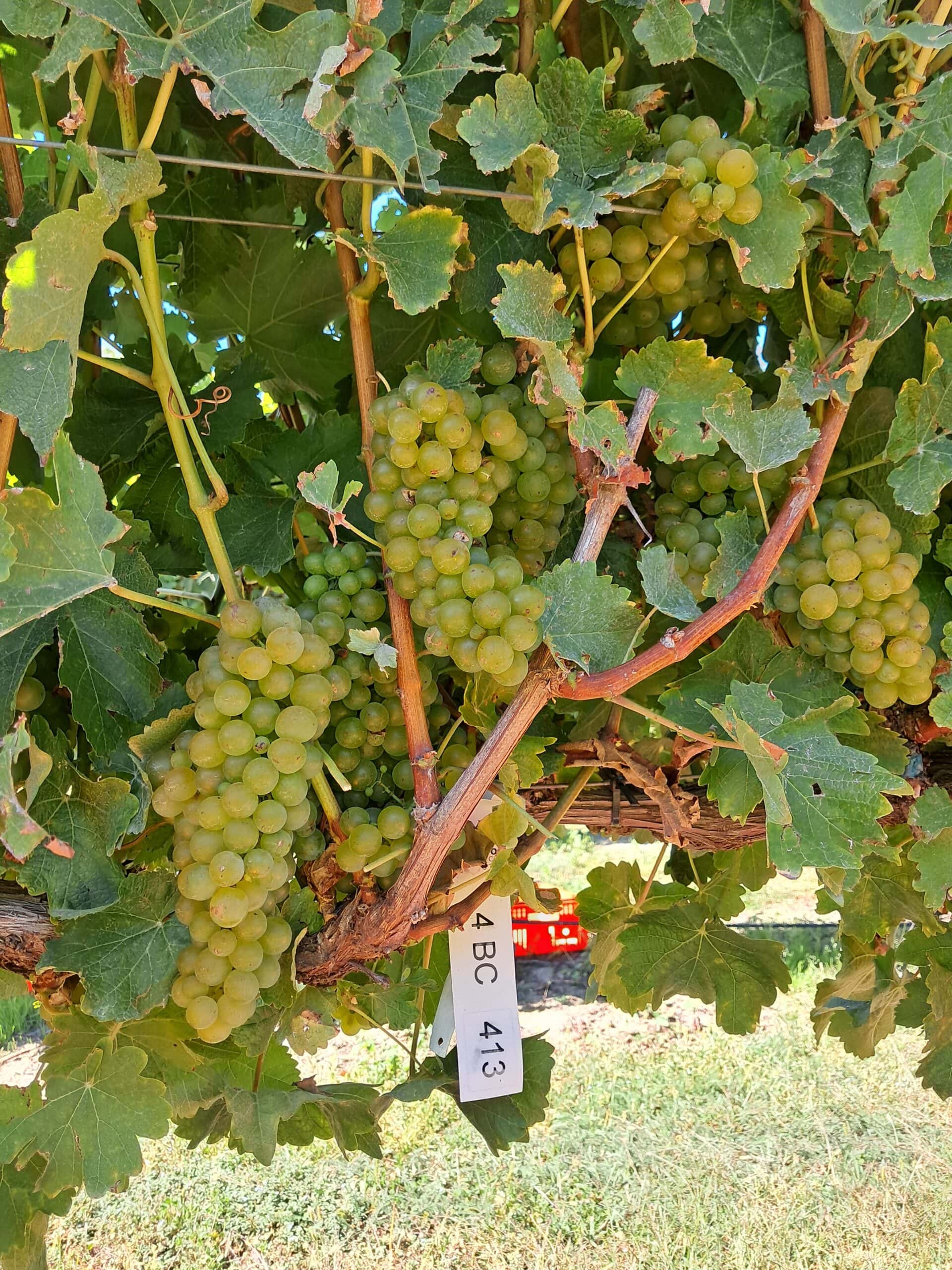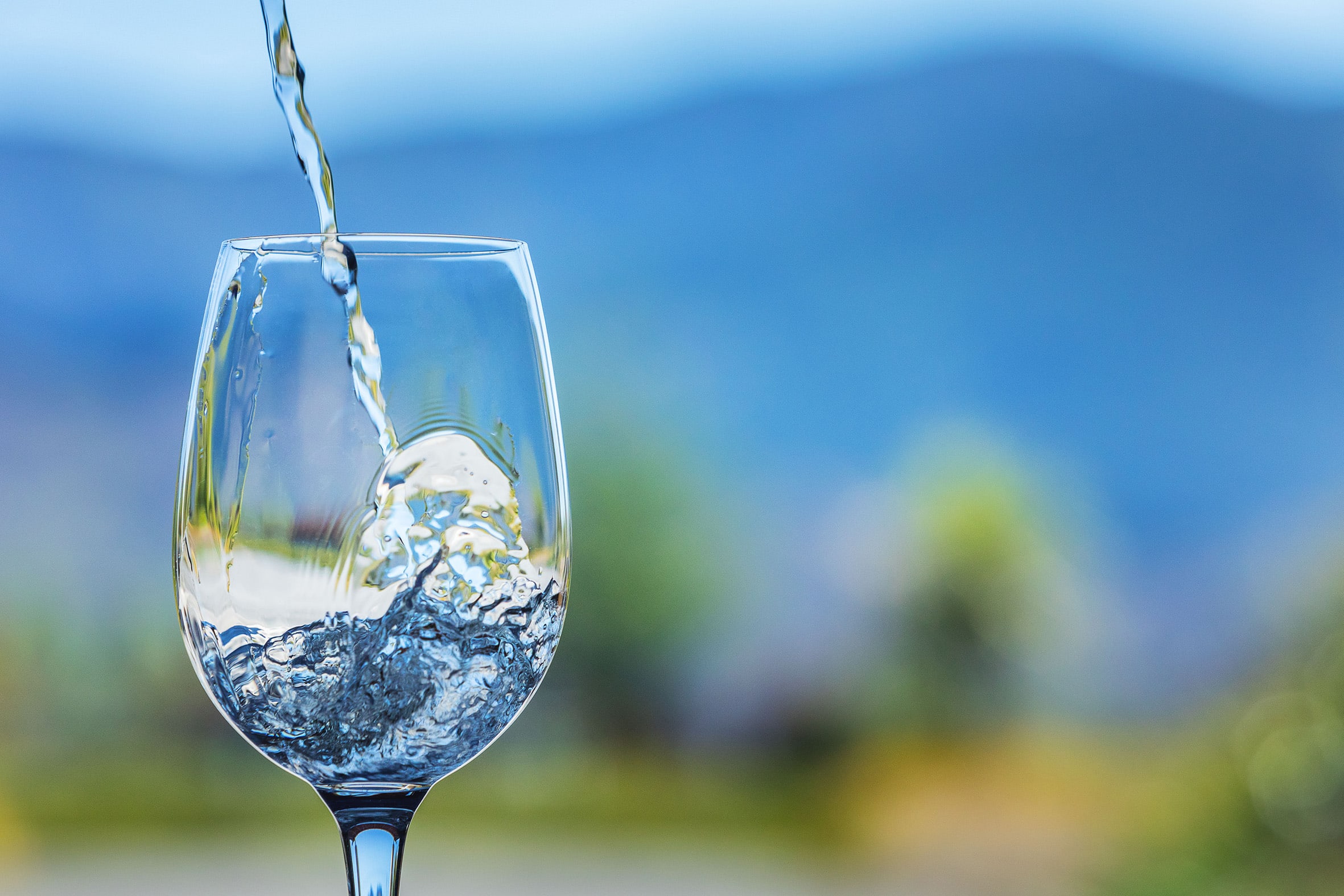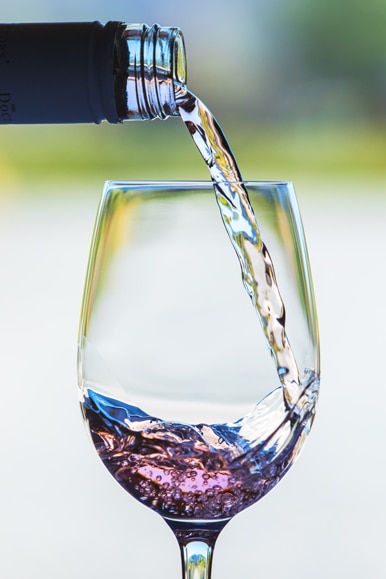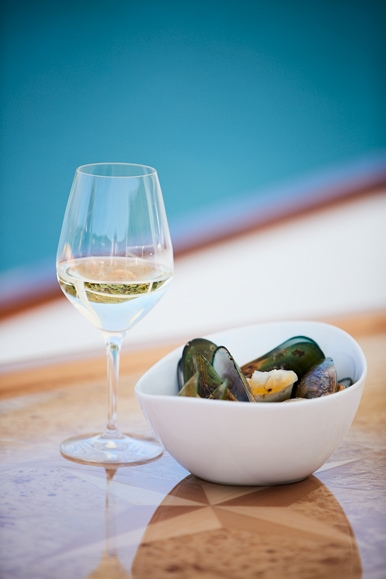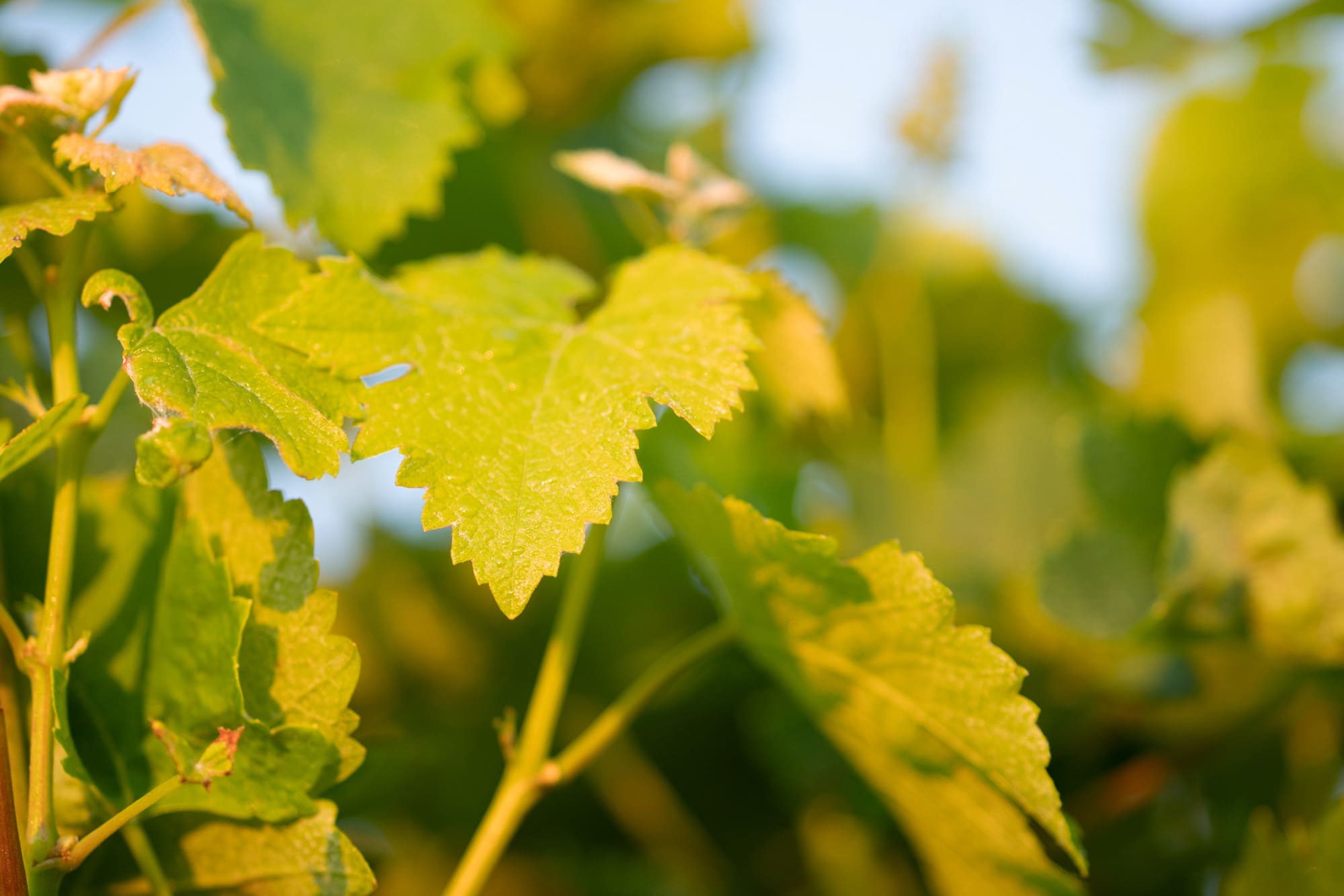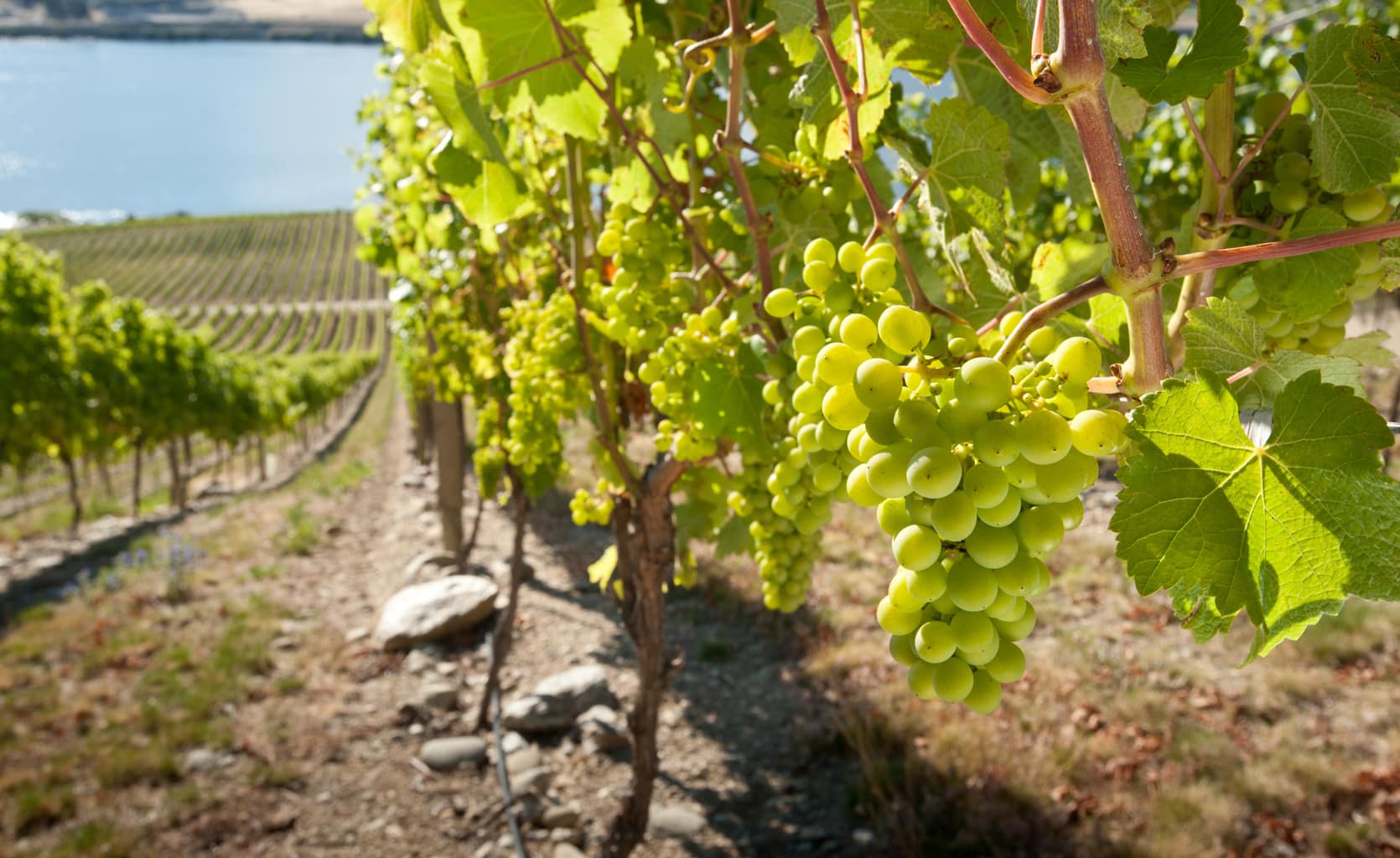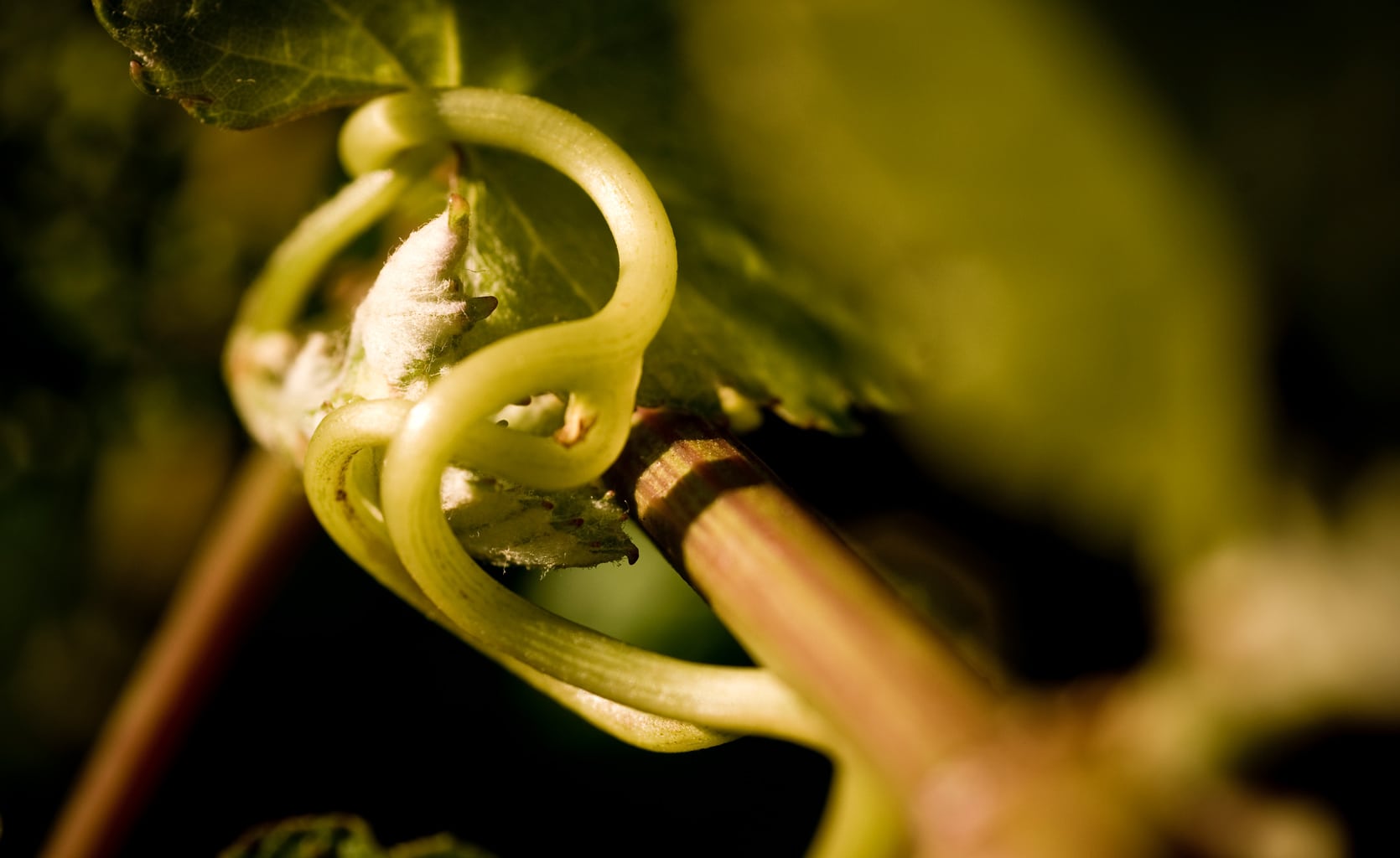Yuichi Ando, Bragato Research Institute
In vineyards, the pursuit of more efficient growing systems is ongoing, often driven by advancements in machinery and the emergence of innovative technologies. However, long-term improvements typically require substantial upfront investment, and rising costs across all areas of vineyard operations have made implementation increasingly challenging. As a result, growers are placing greater focus on strategies that deliver immediate cost savings, to maintain profitability.
Winter pruning alone accounts for approximately 35% of total vineyard expenditure, so small improvements in this area can significantly impact financial outcomes. Since 2021, Bragato Research Institute (BRI) has been monitoring a two-cordon long-spur pruning trial on Marlborough Sauvignon Blanc, comparing it to the traditional four-cane VSP system in terms of vine performance, wine quality, and overall viability. This article provides an update on the trial’s progress and findings in the fourth season.
Yield in 2025
In the 2025 season, like many vineyards across the Marlborough region, two trial sites delivered outstanding yields in all treatments, approximately 50% higher than the average of previous years (Table 1). This exceptional yield was driven by increases in bunch numbers, bunch weight, berry numbers and berry mass. Nonetheless, the pattern of yield differences between treatments followed previous years. At the Marlborough Research Centre (MRC) trial site, there were no statistical yield differences, but 4BS had a slightly lower yield than 4C and 5BS. In contrast, Rapaura 4BS consistently underperformed (for the fourth year in a row), showing significantly lower yields than 4C.
 Table 1. Trial information, yield of long-spur pruning and the comparative cane-pruning for four seasons and yield component of 2025 season. The numbers in the brackets in the 2025 yield represent the average yield in kg per vine of each treatment.
Table 1. Trial information, yield of long-spur pruning and the comparative cane-pruning for four seasons and yield component of 2025 season. The numbers in the brackets in the 2025 yield represent the average yield in kg per vine of each treatment.
 Table 2. Historical data of bunch numbers and bunch weight of MRC and Rapaura. Variation (calculated as treatment 4BS deducted from 4C) shows the greater differences in both variable at Rapaura site each season.
Table 2. Historical data of bunch numbers and bunch weight of MRC and Rapaura. Variation (calculated as treatment 4BS deducted from 4C) shows the greater differences in both variable at Rapaura site each season.
Yield component in 2025
At MRC, bunch numbers in 5BS were higher than 4C and 4BS, which followed the trend of the previous three seasons. There was no statistical difference in bunch weight between treatments, however, long-spur vines tend to produce smaller bunches than 4C vines due to lower berry numbers, which is consistent over all trial years. Berry mass was not statistically different between treatments in each trial year. At the Rapaura site, the 4BS bunch number has consistently been lower when compared to 4C, partially explaining lower levels in the final yield every season. 4BS bunch weight was statistically lower than 4C due to fewer berry numbers.
Other parameters
Slight variations in juice composition (°Brix, pH, and TA) were a reflection of yield differences, i.e. higher yields resulted in lower TSS and pH, along with higher TA. There was no marked difference in Botrytis between treatments, with incidence of 10% for MRC and 7% for Rapaura, and severity less than 1% for both sites.
Figure 1. Bud fruitfulness along a cane for MRC and Rapaura. Each point represents the mean of replicates (n=6) and includes blind bud and double shoot factors.
Figure 2. The comparison of bud fruitfulness of cane-pruned vines of MRC and Rapaura. Each point represents the mean of replicates (n=6) and includes blind bud and double shoot factors.
Site variations
The contrast in yield variation between the two sites for 4C and 4BS clearly demonstrates the financial implications, positioning long-spur as a viable option for MRC. However, for Rapaura, long-spur is only feasible if 5BS is implemented from the outset. This is due to the greater difference in bunch number and bunch weight between the two treatments at Rapaura compared to MRC (Table 2).
Findings
To provide insight into the composition of bunch number per vine and to address whether bud fruitfulness of long-spur improves with increasing cordon diameter, a bud fruitfulness assessment was conducted in the fourth season. This assessment revealed significant insights into bunch number composition based on pruning types (Figure 1). The results showed that the average bud fruitfulness in both long-spur treatments was consistently lower than cane pruned (4C) vines when compared with nodes 1-4 for each treatment.
Assuming that bud initiation on shoots occurred under very similar climatic conditions in the previous season across treatments at the trial, the results suggest that the developed cordons in long-spur vines are unlikely to have contributed to improved bud fruitfulness. Lower bud fruitfulness in long-spur vines results in fewer bunches developing from retained buds compared to cane-pruned vines. In fact, reviewing the bud fruitfulness assessment and total bunch number at harvest discovered that 20-30% of the total bunches in long-spur vines originated from non-count (water) shoots, compared to just 5-7% in 4C vines. An increase in water shoots from quiescent buds in spur pruning is well documented in other pruning experiments.
In this study, shoot thinning was not undertaken to simulate the most common vineyard management practices in the region. Under these conditions, fruit produced on non-count (water) shoots plays a significant role in maintaining yields in long spur vines, supporting their overall viability.
While an increased number of water shoots is typically associated with a denser canopy and increases disease pressure, this study did not observe any notable increase in disease occurrence. However, this outcome may vary depending on site-specific management practices and the number of buds and spurs laid where the long spur system is adopted. Another important consideration is that a denser canopy can reduce light interception, which may negatively impact bud initiation, and therefore, future productivity.
Other significant observations indicated that, while the average bud fruitfulness along a cane was comparable between MRC (1.72) and Rapaura (1.69), the distribution varied significantly (Figure 2). At Rapaura, basal bud fruitfulness was relatively low (1.20 4BS and 1.22 5BS), with a sharp increase toward the mid and distal buds. Conversely, MRC exhibited a gradual increase towards the distal buds, resulting in a minor differences between the basal and distal buds. This uneven pattern at Rapaura may help explain the significant differences in bunch numbers observed between 4BS (spur pruned) and 4C (cane pruned) at that site.
Understanding how bud fruitfulness is distributed along the cane can offer valuable insight into the potential yield outcomes of a long spur system. For growers considering a transition to long spur pruning, conducting a bud fruitfulness assessment in existing cane pruned blocks may help determine both the suitability of adopting long spur and which long spur approach is best suited to the site.
Key takeaways
In 2025, all treatments at both sites had exceptionally high yields, driven by greater than average bunch numbers and bunch mass. However, the yield relationship between treatments remained consistent with previous years. Compared to four cane pruned vines, the long spur vines tended to have denser canopies, fewer bunch numbers from count buds, smaller bunch weight due to fewer berries, and less bunches per shoot, however in most cases this did not result in differences in overall yield between treatments.
There was no differences in botrytis pressure among treatments in 2025, aligning with patterns in previous years. Juice composition reflected the yield differences and did not raise any concerns about fruit quality. An assessment of bud fruitfulness indicated contrasting distribution along a cane between the two sites, with a notable difference in fruitfulness between nodes 1-4 and nodes 5-12. This variation may explain the underperformance of the long spur system at the Rapaura site.
About the project
Long spur pruning as an alternative to cane pruning for Sauvignon Blanc in Marlborough is a research project led by Bragato Research Institute in collaboration with Mark Allen and Dr Stewart Field. It is funded by the New Zealand Winegrowers levy.


